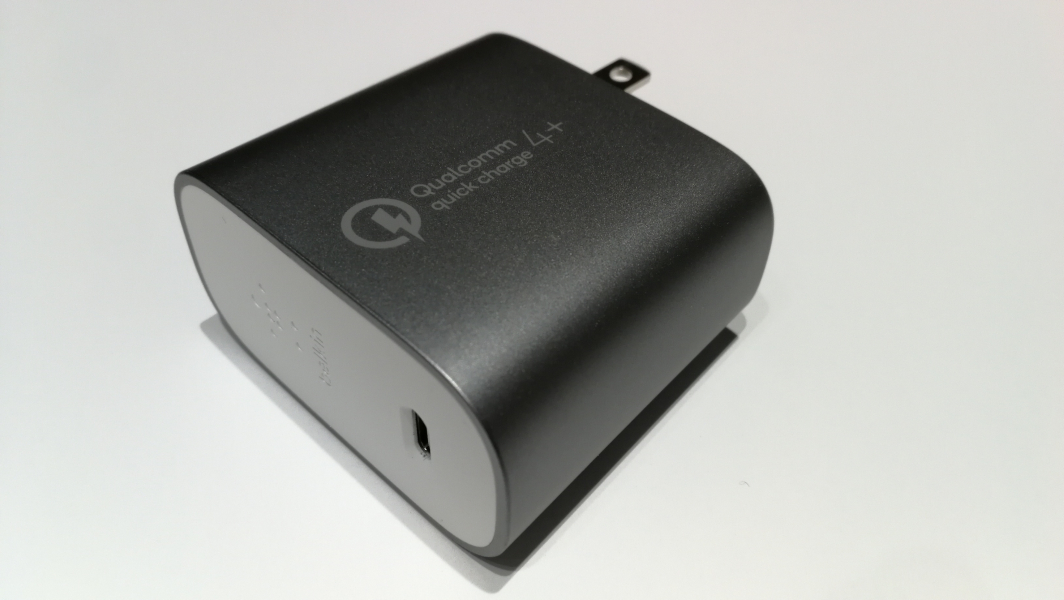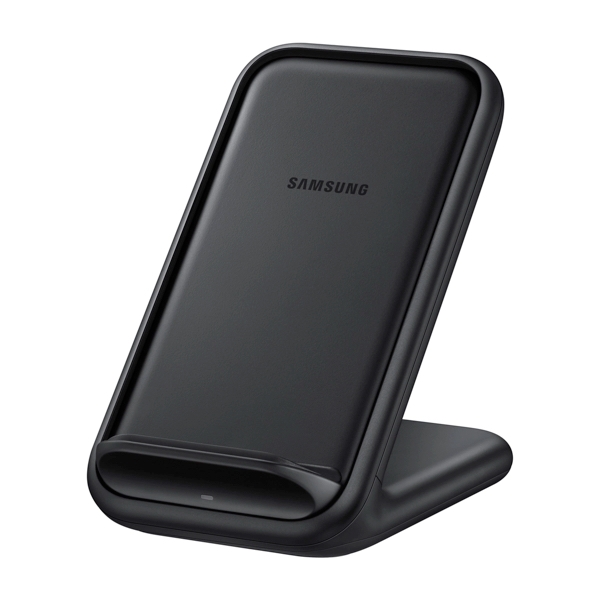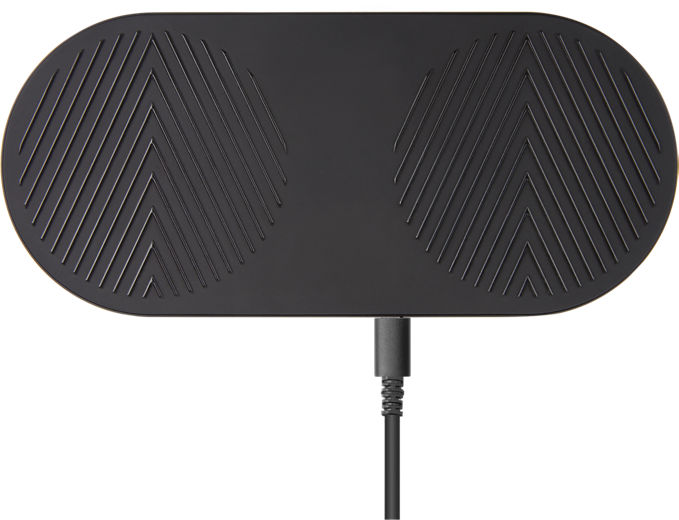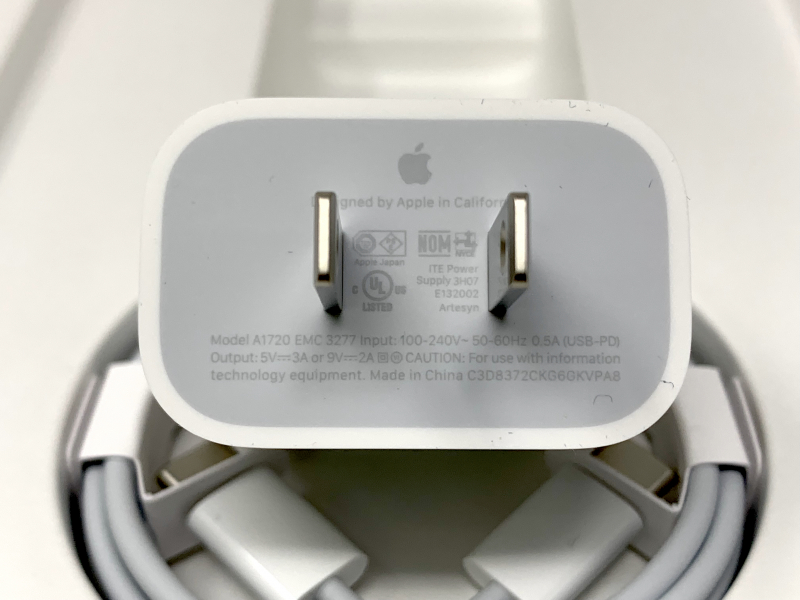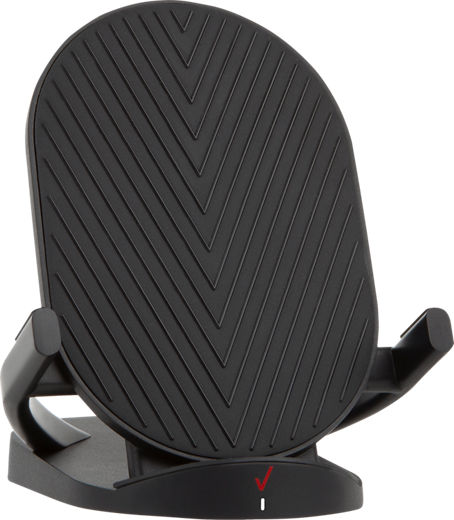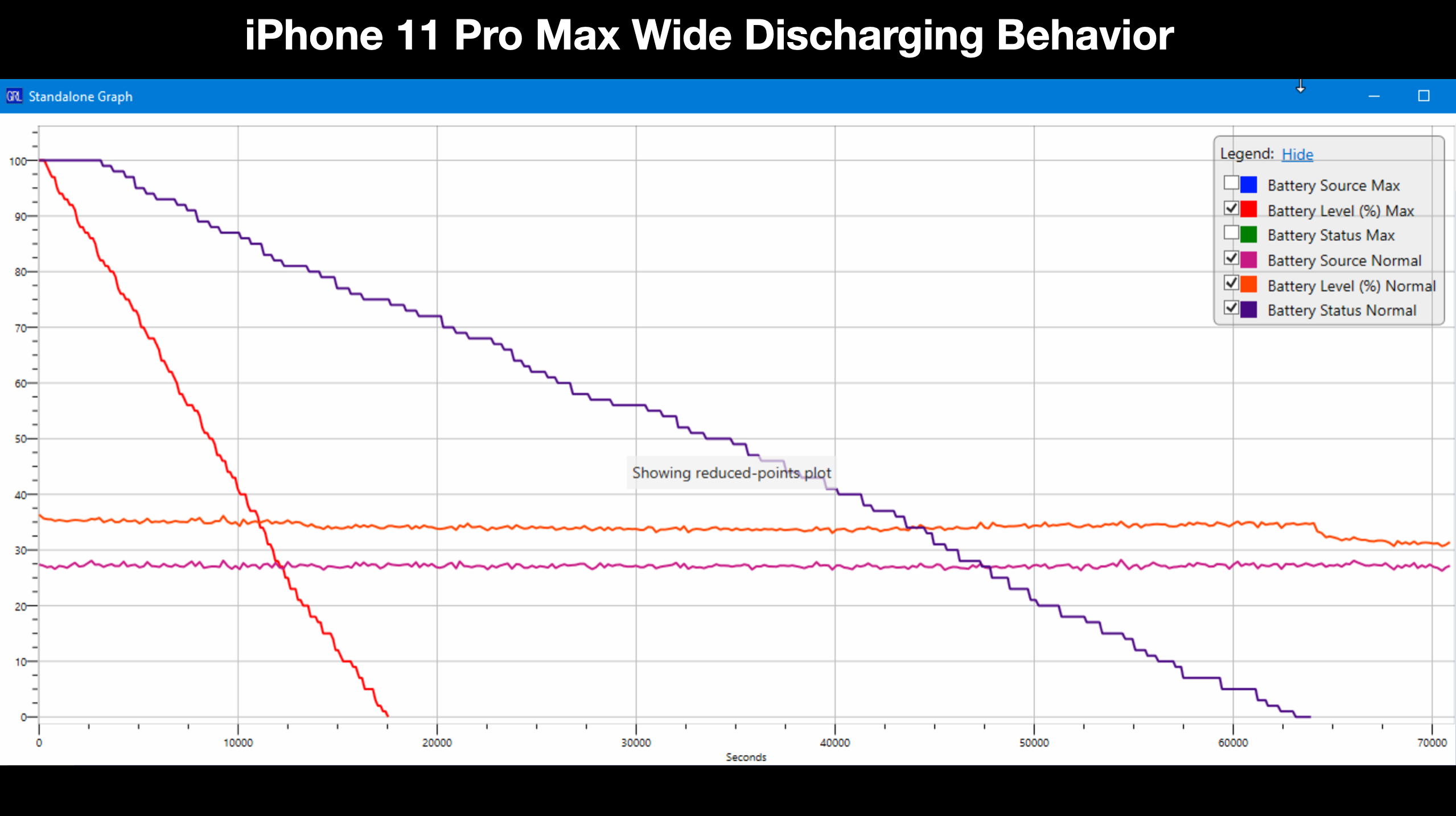Legacy USB Charging Background
In the old days, charging your iPhone was simple where you just plugged the iPhone into a USB charger with the rectangular USB Type-A (USB-A) port that everyone is familiar with.
The original 1st Generation iPhone had a 1,400mAh battery capacity while the iPhone 11 Pro Max and iPhone 12 Pro Max have more than tripped the battery capacities (3,969mAh and 3,687mAh respectively).
Using the GRL-C2 USB PD Tester and GRL-PSP Power Analyzer software from Granite River Labs, we can plot the iPhone's battery %, USB power wattage level used to charge the iPhone and the maximum temperature found on the iPhone 11 Pro Max's surface over time as the phone charges from 0 to 100%.
With these higher battery capacities, it now takes over three hours for the USB-A based Apple 12W USB Power Adapter to charge the iPhone 11 Pro Max from 0% to 100%. Even for the iPhone 12 which has a smaller 2815mAh battery, it takes about 2.8 hours to charge with the same Apple 12W USB Power Adapter.
Using a legacy USB-A based 2.5W port like that found on the Apple 4K USB-C Digital AV Multiport Adapter, you will need to be patient with charging since it will take about 11.7 hours to fully charge the iPhone 11 Pro Max.
Latest Charging Technologies
Nowadays, there are plenty more charging options to support faster charging for these higher powered battery iPhone's using USB Type-C (USB-C) and USB Power Delivery technologies. If you don't want to deal with handling a USB to Lightning cable, you can also use wireless chargers using different flavors of Qi technology.
With more charging technology choices, it has also become a lot more confusing as to what option to use. Each option has its own advantages and disadvantages in terms of cost, charging time, temperature management, battery life, convenience, and environmental friendliness.
USB-C Charging

Using a legacy USB-A based 2.5W port like that found on the Apple 4K USB-C Digital AV Multiport Adapter, you will need to be patient with charging since it will take about 11.7 hours to fully charge the iPhone 11 Pro Max. By comparison, it only takes 1.9 hours to fully charge this phone using USB Power Delivery technology from the Belkin 27W QC4+ Power Adapter.
With the iPhone 12, the Apple 12W USB Power Adapter doesn't take a pause at 80% charge and reaches 100% at the same time as the 30W Verizon USB-C Fast Charge Wall Charger.
Qi Charging
With Qi wireless charging, the Just Wireless 5W Qi Wireless Charging Pad slowly charges the iPhone 11 Pro Max and not getting past 80% battery charge while the Samsung 15W Wireless Charger Stand showing the fastest charging performance for a Qi charger, needing 4.1 hours to fully charge the phone.
The iPhone 12 shows the opposite behavior where the Just Wireless 5W Qi Wireless Charging Pad charges the phone to 100% without pause, while the iPhone takes takes a charging break at 70% battery with the Apple MagSafe Charger and 80% battery with the Verizon Dual Wireless Charging Pad with Fast Charge.
With such a confusing range of different charging speeds, temperature and battery life effects- here's a quick guide on what type of chargers are best for you based on your lifestyle and needs.
For Users on a Budget Needing Faster Charging
The good news is that low cost 18W USB Power Delivery chargers like the Apple 18W PD Charger that came "free" with the iPhone 11 Pro Max and even less expensive 15W USB-C chargers (not using USB Power Delivery technology) like the Perigears 15W USB-C Wall Charger show much more significant improvement in charging time.
Note that when using active USB Power Delivery technology typically found on 18W and higher chargers, we see that Apple uses an algorithm to manage how quickly the phone continues to charge once the battery level has reached 80% in order to extend the battery life. This means that sometimes the phone may decide to stop charging temporarily at 80% battery, perhaps expecting you to disconnect the charger or allow temperature to decrease before continuing to charge to 100%. Sometimes the phone may decide to continue charging to 100% without temporarily stopping at 80% battery.
These 15W USB-C chargers and 15-19W USB PD chargers are great for those that want good enough faster charging while keeping a tight budget. If you have the iPhone 12 Pro Max which doesn't include a USB charger, you can also usually charge your iPhone using Apple Mac's with Thunderbolt 3 ports like the Apple MacBook Air (2020) and Apple 15" MacBook Pro (2018).
For Active iPhone Users Short on Time That Want the Fastest Charging Experience
If you are actively taking a lot of photos/videos with your iPhone, playing games or watching videos for a long time, or using a lot of augmented reality applications, you can see your battery percentage go down quickly. Older iPhone's may also show battery aging where you lose battery capacity and find yourself needing to charge more often.
Just by keeping the display brightness to the max versus using the normal adaptive display settings, and also keeping the phone constantly vibrating and Flashlight on, you can dramatically increase the power consumption such as that seen on the iPhone 11 Pro Max. The iPhone 11 Pro Max only lasts less than a workday (4.9 hours) versus all day use (17.7 hours) under those two different scenarios.
USB Power Delivery chargers which provide greater than 18W provide useful faster charging boosts especially when the battery is low or depleted.
The iPhone 11 Pro Max supports a maximum of 22.5W charging, so using USB Power Delivery chargers of at least 22.5W would provide the fastest charging boosts. Here we use the Belkin 27W QC4+ Power Adapter to charge the iPhone 11 Pro Max from 0% to 100% battery charge. We can see 22.5W charging initially being used, but then power charging levels falling over time such that the actual average power used through the 0% to 100% charge was actually 13.7W.
The Belkin 27W QC4+ Power Adapter charges the iPhone 11 Pro Max from 0% to 20% in 10 minutes, 0% to 54% in 30 minutes, and 0% to 80% in 60 minutes.
Compared to other chargers, the Belkin 27W QC4+ Power Adapter charges ~2X faster in 10 minutes starting at 0% battery compared to Qi, Apple 12W USB Power Adapter, and 15W USB-C chargers (like the Perigears 15W USB-C Wall Charger). Note 20W chargers like the PowerPort PD Nano 20W Charger doesn't show much advantages in charging speed versus 18W chargers like the Apple 18W PD Charger.
Looking at charging performance starting at 0% battery after 30 minutes of charging, we can see similar charging speed for all USB PD chargers >=18W.
However, after 60 minutes of charging, we see that the Belkin 27W QC4+ Power Adapter regains its advantage.
We see similar charging behavior with the iPhone 12 where USB PD chargers >=18W like the 30W Verizon USB-C Fast Charge Wall Charger has fastest charging results.
These 20W-29W USB Power Delivery chargers and QC4+ chargers give you the fast boost that you need if you are on the road, outside, or have limited time to charge.
For Users That Want Cooler Charging and Longer Battery Life
If you are working from home, don't need to travel much, or not an active iPhone user, using the legacy Apple 12W USB Power Adapter can actually be good enough.
You can still achieve 80% charge in 136 minutes and 100% charge in 194 minutes.
By charging more slowly and at lower power levels with the Apple 12W USB Power Adapter, the iPhone 11 Pro Max has the lowest temperatures while charging, keeping under 36 degrees C. Fast charging with the Belkin 27W QC4+ Power Adapter causes the iPhone 11 Pro Max to get up to 45 degrees C. Charging at lower temperatures is generally safer and charging slower generally is better for battery aging.
For Users That Want Convenience of Wireless Charging
Charging over USB still requires cables and iPhone charging requires special Lightning to USB-C or Lightning to USB-A cables. In addition to finding the cables, these cables can get worn out over time, potentially leading to charging or safety issues. Qi wireless charging helps to make charging more convenient by simply placing your iPhone on a wireless charging pad or coil.
However, Qi chargers can be better thought of as actually extension of USB chargers since many Qi chargers use USB chargers as a power source. While USB chargers tend to have high power efficiency levels over 80 percent, Qi chargers may lose another 40 percent when transferring power from the charging coil versus the power going into charging the battery. Generally, we find Qi charging to be useful when you need to charge your iPhone overnight, and we recommend using a stand rather than a pad which reduces the risk of improper coil alignment resulting in you waking up in the morning and finding your phone not charged.
Compared to using the legacy Apple 12W USB Power Adapter, Qi charging results in higher temperature and is also slower. It takes 207 minutes to charge the iPhone 11 Pro Max using the Verizon Wireless Charging Stand with Fast Charge and 163 minutes using the Samsung 15W Wireless Charger Stand, compared to much lower charging times found with USB chargers.
Note Qi charging behavior is a bit different with the iPhone 12.
As reported here, we actually see that the Just Wireless 5W Qi Wireless Charging Pad reaches 80% battery charge faster due to the iPhone 12 slowing down wireless charging with the MagSafe Charger and Verizon Dual Wireless Charging Pad with Fast Charge.
 GTrusted
GTrusted








